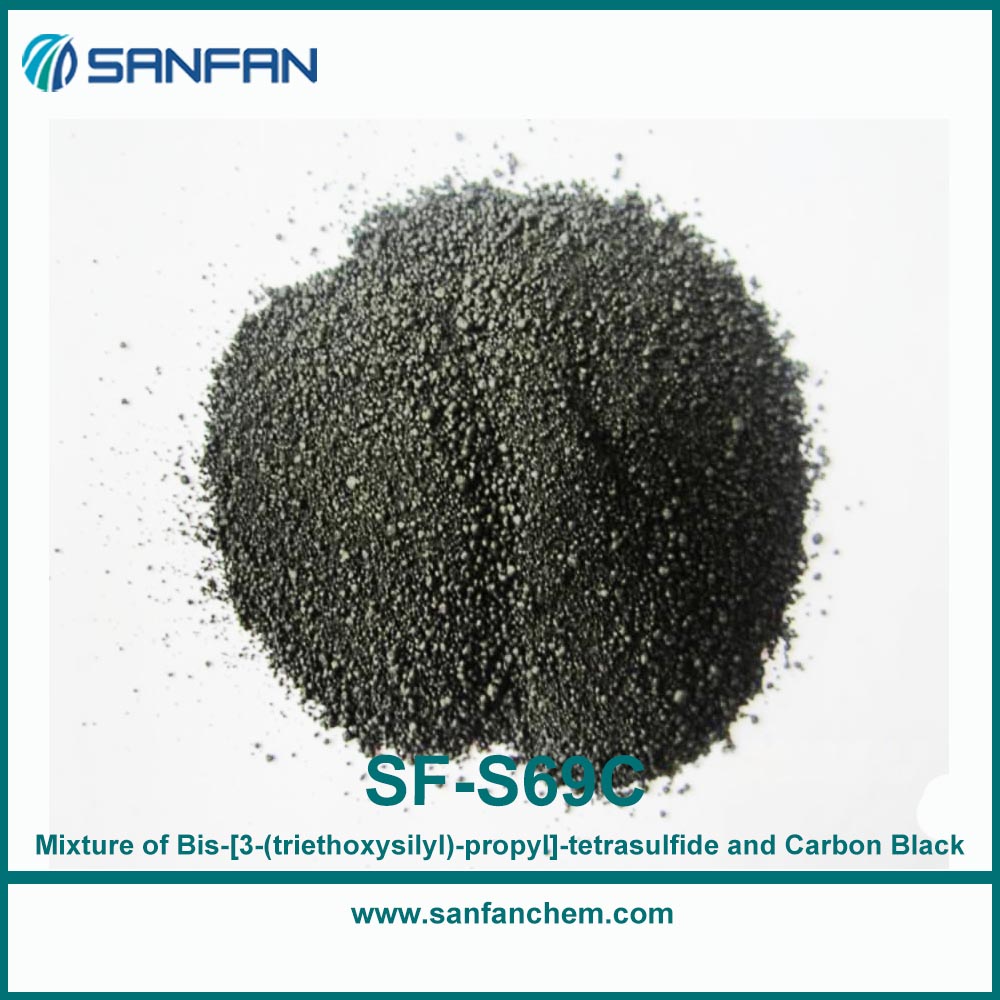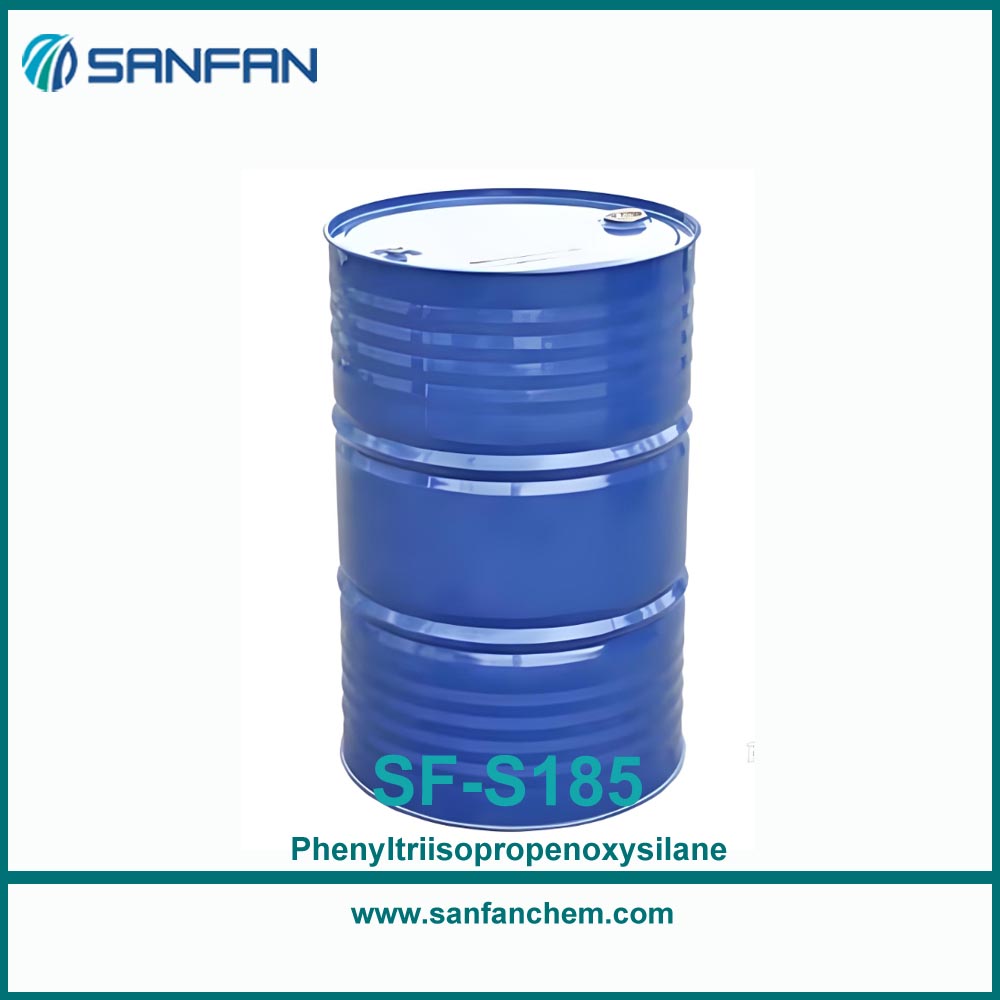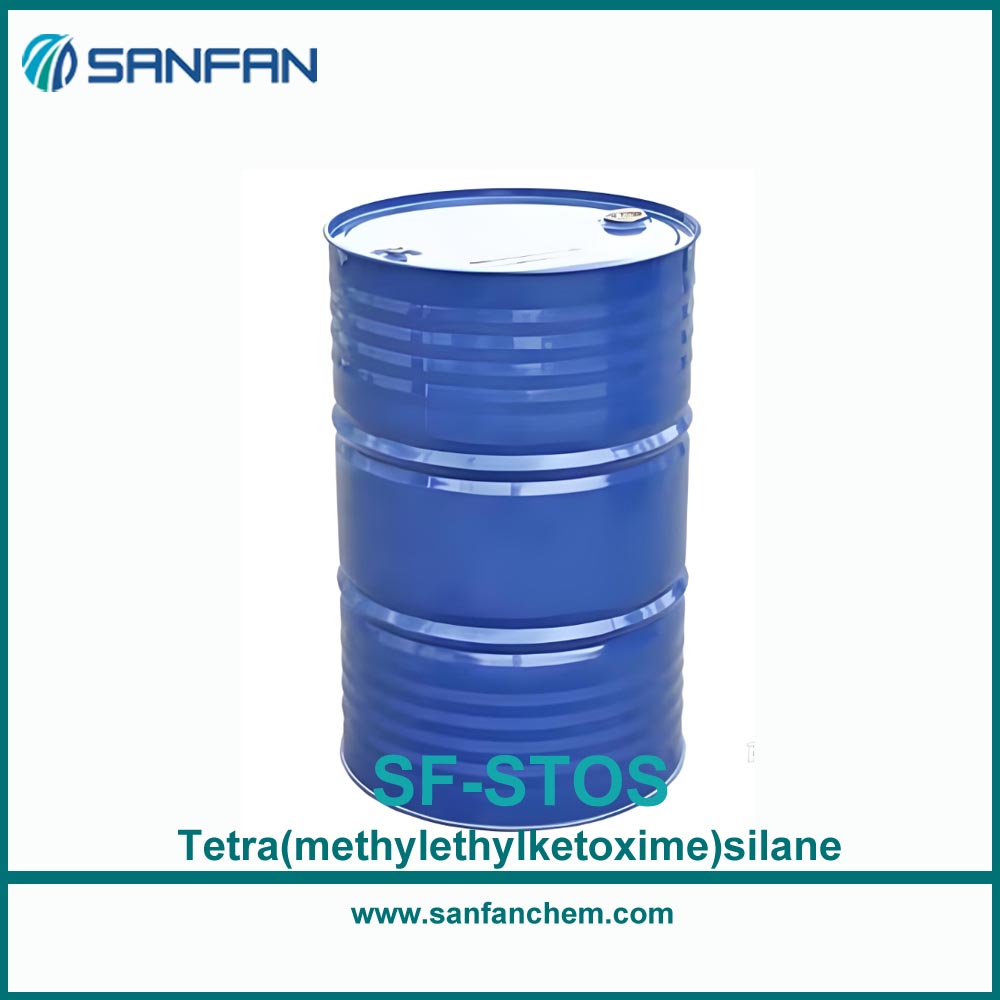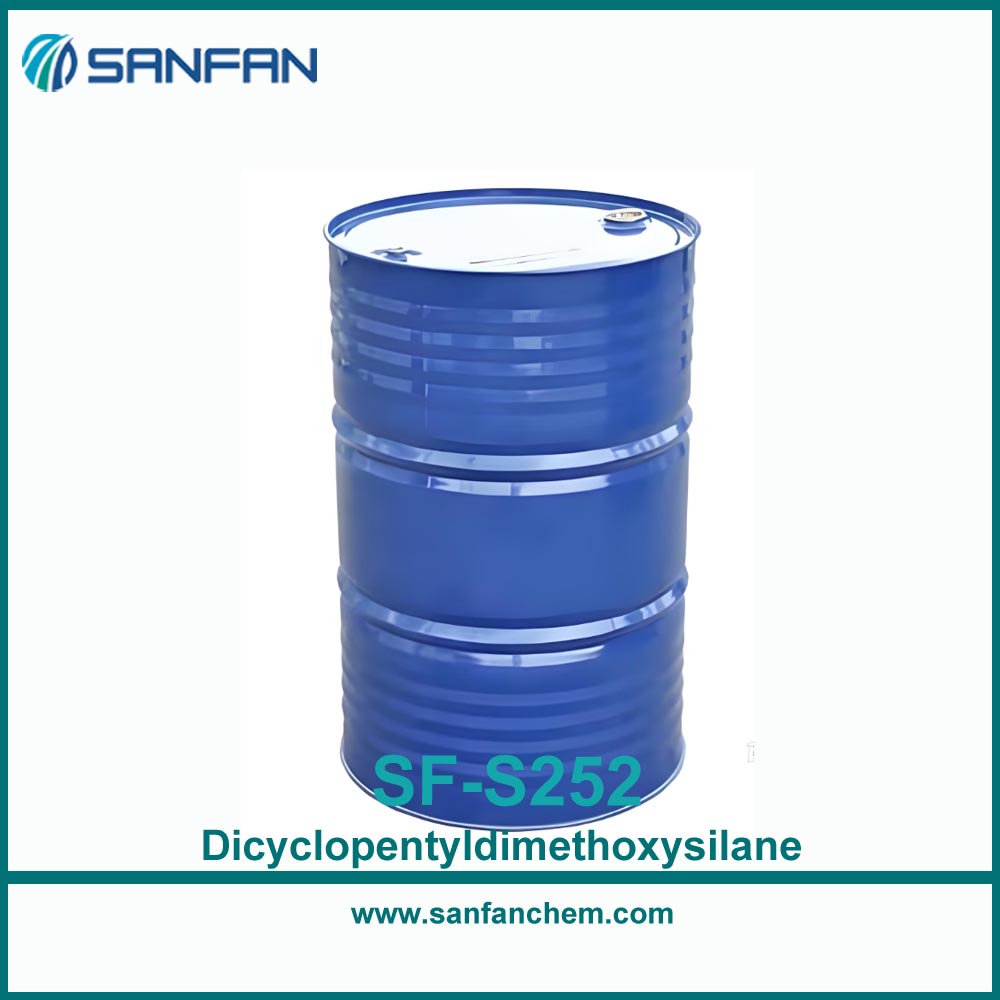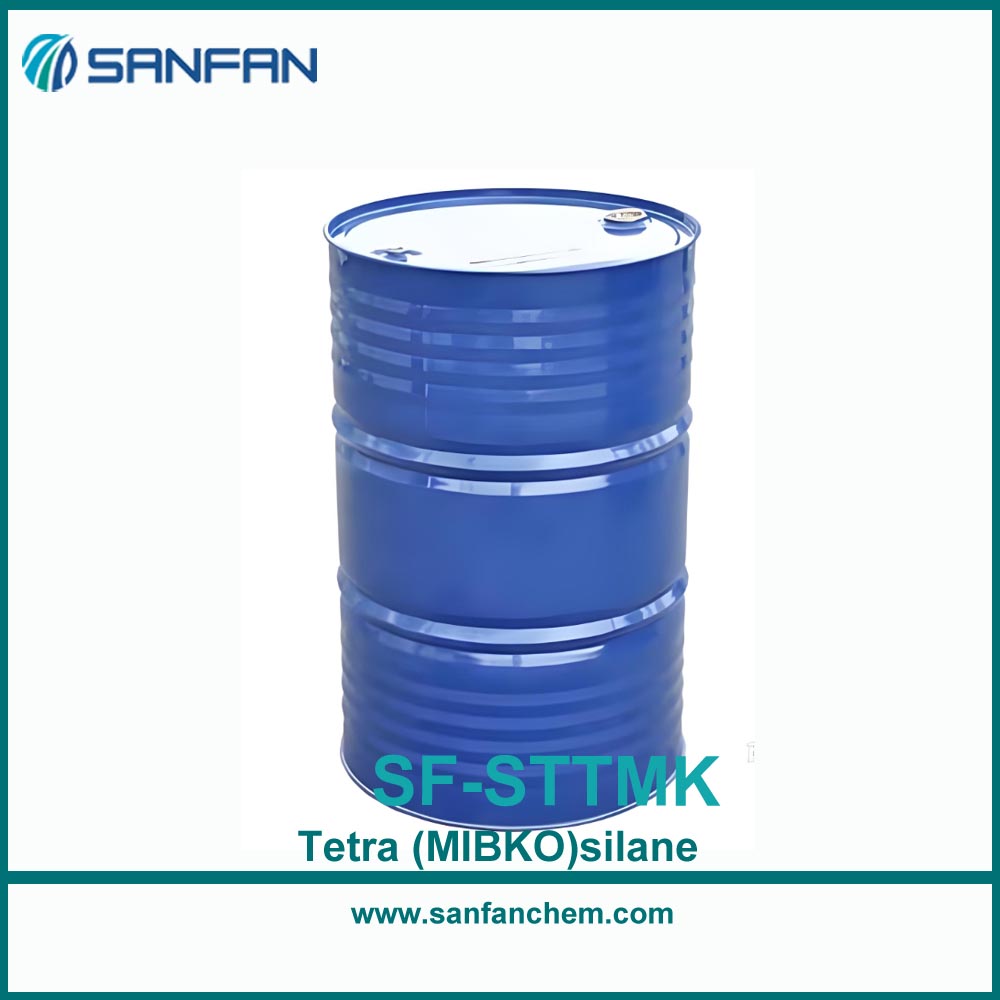Product description
Product Description
Chemical Name: Mixture of Bis-[3-(triethoxysilyl)-propyl]-tetrasulfide and Carbon Black;
The mixture of Bis-[3-(triethoxysilyl)-propyl]-tetrasulfide (50%) and Carbon Black (50%)
Technical Data
Appearance: Black granule
Sulfur content: 12 .0±1.0%
Butanone insoluble: 52.0 ± 3.0%
Volitile(105℃/10min)≤ 2%
Ash:11.5 ±1.0%
Main Use
1.It is a bifunctional polysulfide organosilane coupling agent that has been successfully used in the rubber and plastics industry;
2.Suitable for vulcanized rubber systems using fillers such as silica black, glass fiber, talc, mica, and clay as reinforcing agents. It can improve the reinforcing ability of the fillers and increase the wear resistance of the rubber;
3.Can be used as rubber additives – vulcanizing agent, activator. Applicable rubber types include NR, NBR, SBR, IR, BR, EPDM and their combined rubber compounds. During the vulcanization process, polysulfane groups are cross-linked The speed is basically the same as the speed of sulfur reversion in sulfur vulcanization, which plays a role in resisting vulcanization reversion, thereby improving the dynamic bending properties of rubber such as heat generation and crack elongation. Multiple S atoms can also promote vulcanization;
4.Can be used to make products under dynamic and static working conditions. Such as tires, rubber hoses, rubber rollers, tapes, cable insulation and coating materials, shoes and mechanical casting products, etc., can improve their wear resistance, cut resistance and pressure resistance; reduce hysteresis and water absorption; improve their mechanical properties, Adhesion performance; enhance its thermal aging performance, modulus and flex life;
5.The addition of sulfur-containing silane coupling agents in the rubber tire industry can not only reduce the risk of tire puncture due to excessive temperature when driving at high speed or for a long time, but also reduce the rolling resistance of the tire on the road, thereby reducing gasoline consumption and CO2 emissions to achieve the environmental protection concept of energy saving and carbon reduction.


